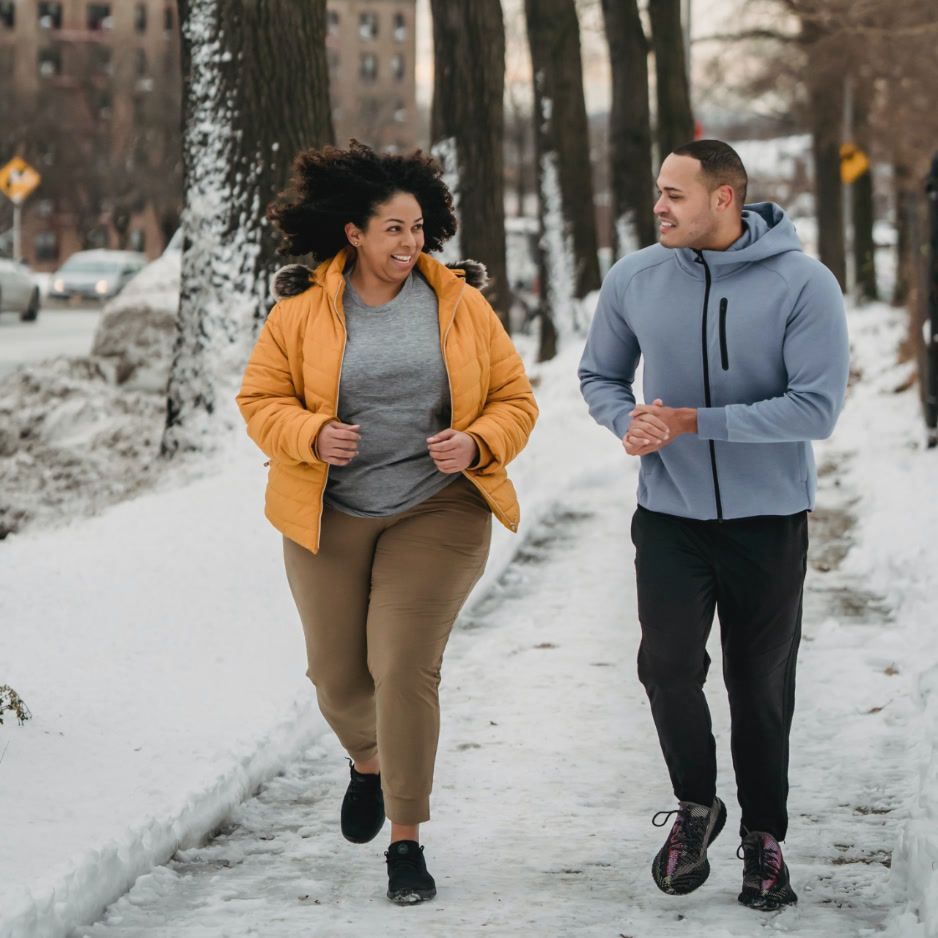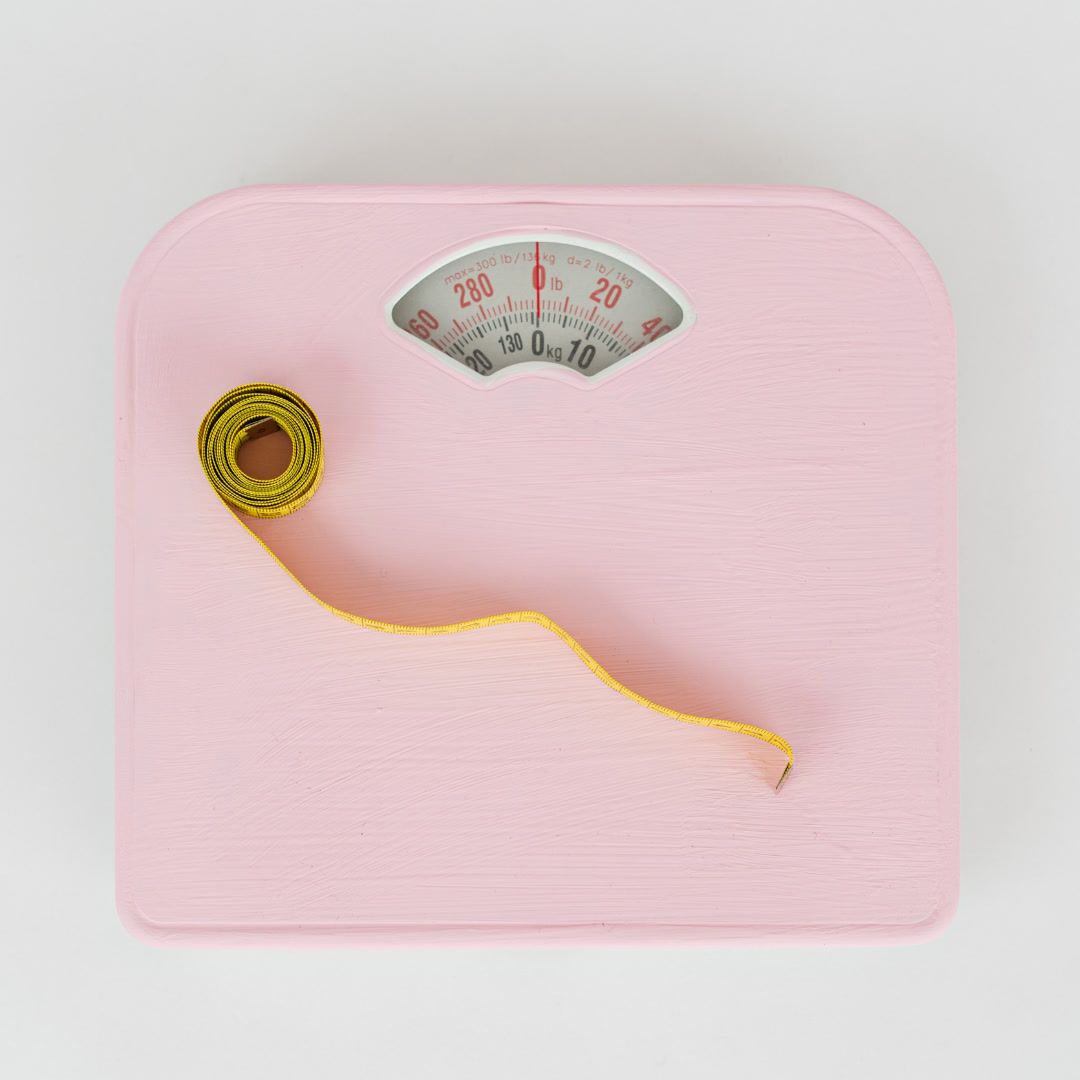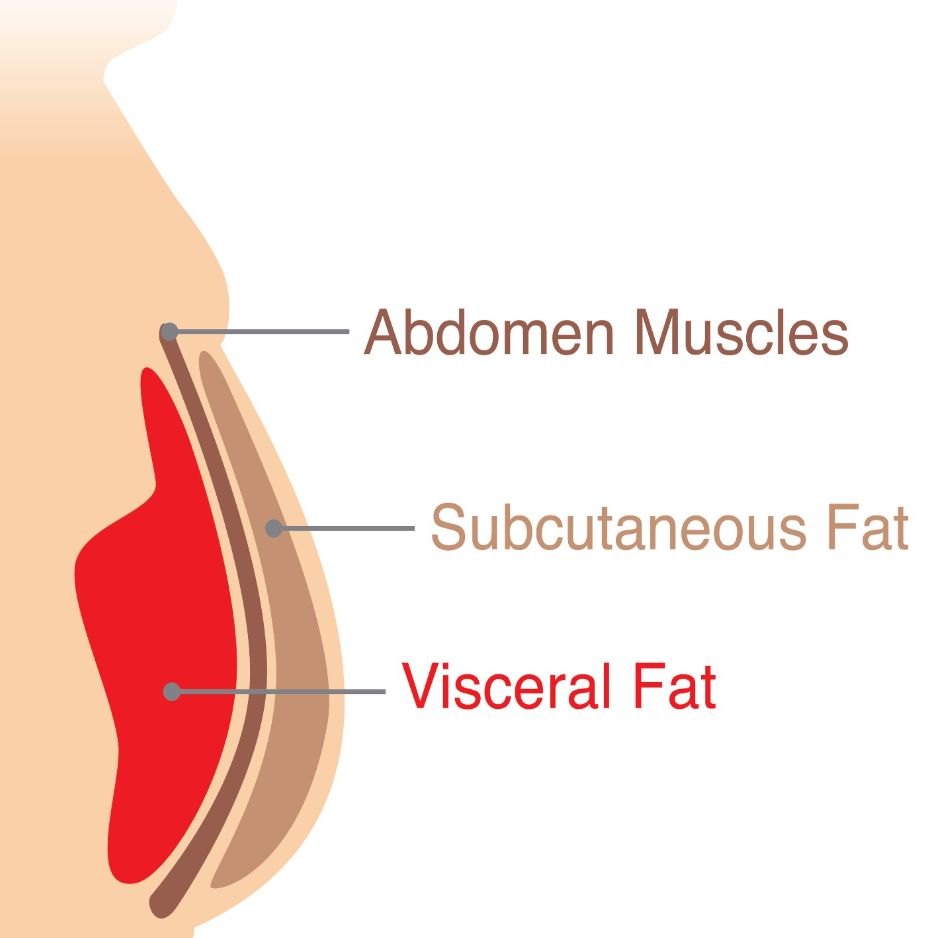Do Vibration Plates Work? A Science-Backed Review
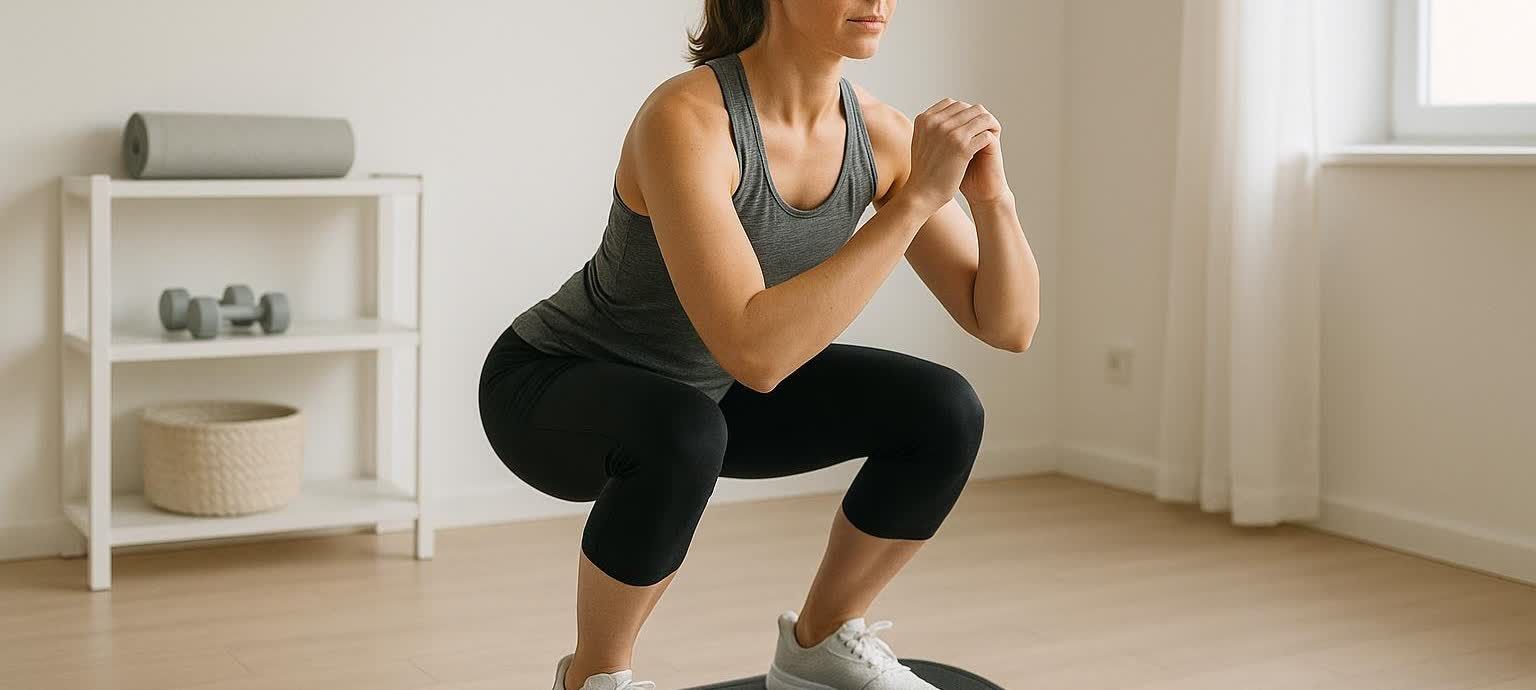
Do Vibration Plates Work? A Science-Backed Review
If you’ve seen vibration plates all over TikTok and wondered, “Do these actually work?” the short answer is: yes—with conditions.
Whole-body vibration (WBV) can modestly improve strength and balance, and may help reduce fat mass and support bone health in certain groups. But results depend heavily on how you use the device, your training status, and your goals. Think of WBV as an add-on—not a replacement—for traditional exercise.
Below, we break down what the research really shows, who benefits most, and how to use a plate safely. We also show you how to verify your own results with objective metrics like dual-energy X-ray absorptiometry (DEXA) body composition and bone-density trends.
Quick Takeaway
- Strength and balance: Small-to-moderate improvements are common, especially in older or deconditioned adults when WBV is combined with simple exercises.
- Fat loss: Meta-analyses suggest small reductions in total fat mass (in kilograms), but changes in percent body fat are often minimal without diet changes.
- Bone health: Evidence is mixed. Some analyses show lumbar-spine bone mineral density (BMD) benefits when frequency and dose are dialed in; others find insufficient overall evidence in postmenopausal women.
- Lymphatic drainage: Claims outpace evidence. Some circulation benefits are plausible, but strong clinical proof for lymphatic drainage is lacking.
- Best use case: Pair WBV with a normal program (strength, cardio, protein-forward nutrition), and track changes with DEXA scans every 8–12 weeks. For a deeper dive into protocols, see our guide to vibration plate benefits and workouts.
How Whole-Body Vibration Activates Muscles
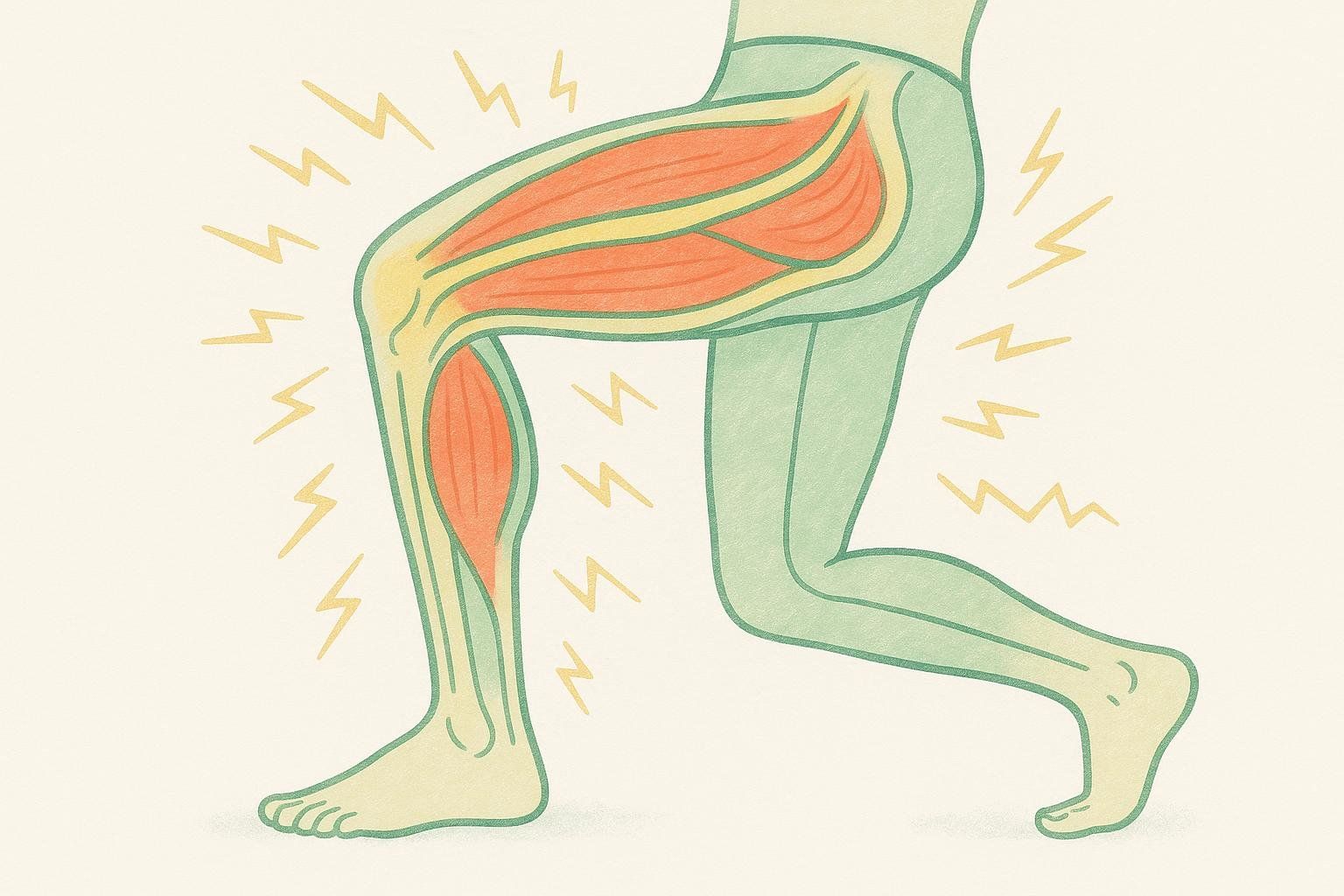
WBV works best as a training amplifier. It increases muscle activation via the tonic vibration reflex, which can make simple movements notably more challenging and neuromuscularly engaging.
Who benefits most? In beginners, older adults, and people returning from time off, that boost can translate into measurable strength, balance, and functional gains. In already well-trained individuals, benefits are typically smaller and context-dependent.
- Muscle activation: Electromyography (EMG) measures the electrical signals muscles produce when they contract; higher EMG generally indicates greater muscle activation.
- Controlled studies show WBV acutely increases EMG activity in key lower-body muscles during exercises like bridges and squats.
- Higher amplitudes generally elicit greater activation (30–50 Hz; amplitudes ~2–4 mm), as seen in a study on EMG activity during static bridges and a semi-squat protocol in older women.
- Strength/power: Reviews in mixed populations often report small-to-moderate improvements versus doing the same exercise without vibration; effects are most consistent for lower-body tasks.
- Calorie burn/cardio: Some experts note that energy expenditure can approximate brisk walking for the same duration—useful if you’re deconditioned or short on options, but not a magic fat-burner, as covered by NBC News.
Quick units guide: Frequency (Hz) = shakes per second; Amplitude (mm) = how far the plate moves each cycle; Magnitude (g) = overall acceleration load (g-force). You’ll see programs written with Hz and mm; bone-focused studies often report g-force.
What the Research Says (By Outcome)
1) Body Fat and Weight
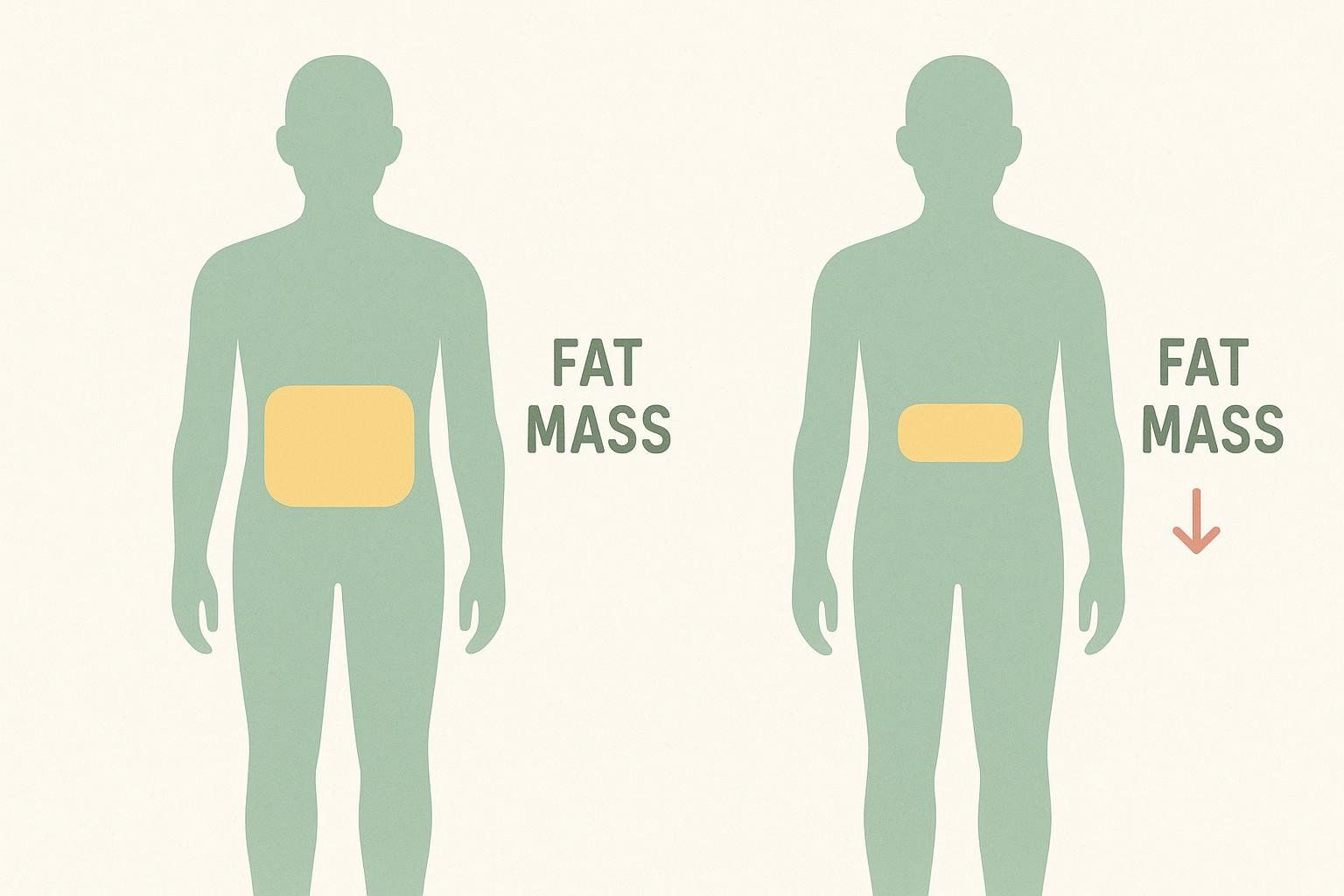
A 2019 systematic review and meta-analysis found that 6–24 weeks of WBV led to a statistically significant reduction in total fat mass (~0.76 kg) but not a significant change in percent body fat overall—highlighting that diet still does most of the heavy lifting for visible fat loss.
Practical takeaway: WBV can nudge fat mass downward, but pairing it with a calorie-appropriate diet is key. Use a DEXA scan to verify changes in fat mass and especially visceral fat (VAT), which carries higher health risk.
2) Strength, Balance, and Falls
A randomized trial in older adults at risk of falling found that the WBV group maintained their ability to stand up from a chair and scored better on overall physical performance tests after one year—key functional gains for daily life.
However, a 10-week WBV program did not significantly reduce the overall rate of falls compared with a low-intensity wellness program during 10 months of follow-up.
Combined with electromyography (EMG) evidence showing increased muscle activation during lower-body tasks, the picture is consistent: WBV can improve neuromuscular performance and functional capacity, especially when layered onto simple movements like semi-squats, step-downs, or balance work.
Practical takeaway: For stability and daily function, WBV is a viable add-on—particularly for beginners and older adults—when you also practice balance and strength.
3) Bone Mineral Density (BMD)
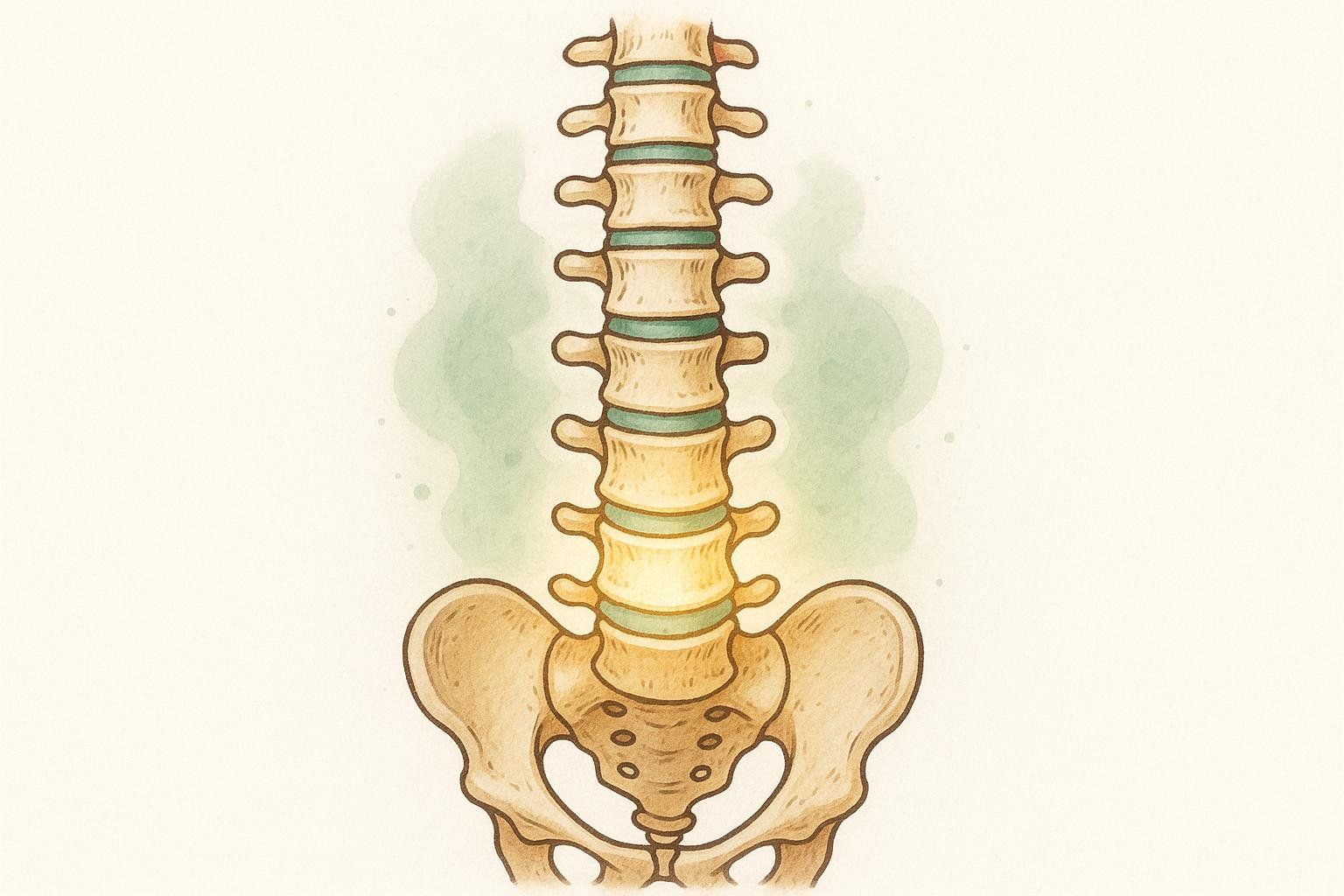
Evidence is mixed:
- A 2022 systematic review and meta-analysis of WBV and BMD reported significant lumbar-spine BMD improvements in postmenopausal women. Protocols associated with benefits used high frequency (~ 30 Hz), low magnitude (~ 0.3 g; g-force), and a high cumulative dose over several months. The authors recommend these parameters but advise caution with higher magnitudes (≥ 1 g), as their safety is not well-established.
- A 2024 overview of systematic reviews in BMC Women’s Health concluded that overall evidence quality was low-to-very-low and did not support recommending WBV to improve BMD in postmenopausal women, though it may help maintain BMD; adverse events reported were mild (limb pain, nausea, skin itching, weakness).
Practical takeaway: Don’t rely on WBV alone for bone health. Prioritize progressive resistance training and impact/loading, plus adequate calcium/vitamin D. For wellness tracking, BodySpec’s whole-body scans can monitor body composition and bone-density trends over time. Diagnostic hip/spine DEXA remains the standard for medical decision-making.
4) Circulation and Lymphatic Drainage

Circulation may improve transiently with low-frequency vibration, but high-quality evidence for lymphatic drainage benefits is limited. Journalistic roundups summarize expert opinions as mixed, with limited clinical proof for lymphedema or lipedema relief (see coverage from NBC News and Consumer Reports). Consider any drainage effects a possible side benefit—not a primary reason to buy a plate.
At-a-Glance: What WBV Does Well (and Where It’s Weak)
| Goal | What to Expect | Best Practices & Settings |
|---|---|---|
| Strength & muscle activation | Small-to-moderate gains; best in beginners/older adults | 25–35 Hz, 1–4 mm amplitude, add semi-squats, step-ups, bridges |
| Balance & functional capacity | Useful add-on; helps preserve chair-rise and overall performance | 15–25 Hz, static holds + gentle dynamic moves |
| Fat loss | Small reductions in fat mass (kg); diet is decisive | Pair with calorie control and resistance training |
| Bone health | Mixed evidence; may help maintain more than build | If used: ~30 Hz, low magnitude (g-force), long-term dose; monitor with DEXA |
| Lymph/circulation | Possible short-term circulation boost; weak drainage evidence | Keep expectations modest; use for comfort/recovery at low frequencies |
Choose-Your-Goal Protocols (Evidence-Informed)
Start with 2–3 sessions per week. Keep knees soft and posture tall. If you feel dizzy or unwell, stop.
-
For strength/activation (time-crunched adults):
- Frequency: 25–35 Hz
- Amplitude: 2–4 mm
- Time: 8–12 minutes total, broken into 30–45 second bouts with 15–30 seconds rest
- Moves: Semi-squat holds, step-ups (onto the plate), incline push-ups (hands on plate), glute bridges (feet on plate)
- Why it works: These settings have been shown to maximize muscle engagement, helping you get more from short sessions.
-
For balance/stability (older adults):
- Frequency: 15–25 Hz
- Amplitude: 1–2 mm
- Time: 5–10 minutes, 20–30 second holds
- Moves: Tandem stance, single-leg holds with fingertip support, mini step-downs
- Why it works: WBV can support functional performance; use conservative settings and prioritize safety.
-
For bone-supportive loading (postmenopausal context):
- Frequency: ~30 Hz
- Magnitude: Low (~0.3 g; g-force)
- Dose: Long-term (months), high cumulative minutes
- Pair with: Resistance training + impact/loading; adequate Ca/Vit D
- Why it works: Some analyses suggest lumbar-spine BMD benefits under these parameters, though overall evidence is mixed—so use WBV as a complement, not a standalone strategy.
Safety First: Who Should Avoid WBV (or Get Medical Clearance)
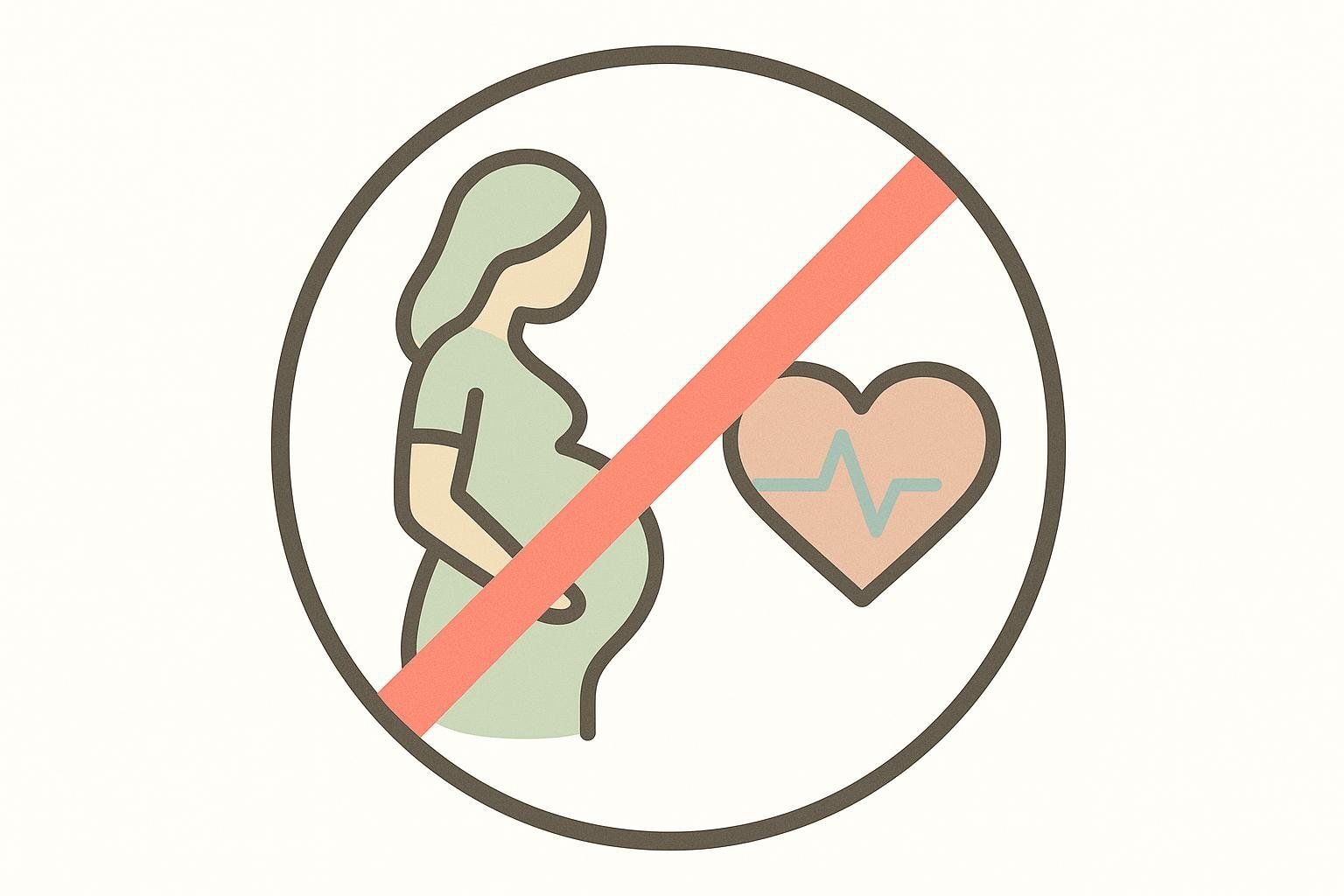
Avoid vibration plates—or speak to your clinician first—if you have any of the following:
- Pregnancy
- Pacemaker or implanted electronic device
- Recent surgery, fresh fractures, or joint replacements (< 3 months)
- Active clotting disorders
- History of deep vein thrombosis (DVT) or pulmonary embolism (PE)
- Uncontrolled cardiovascular disease
- Severe osteoporosis with vertebral fractures
- Epilepsy, active infections, or conditions worsened by vibration
Side effects can include dizziness, lightheadedness, or transient itching; stop if symptoms occur. Short sessions (6–15 minutes) with soft knees and supportive shoes mitigate risk.
Track Real Results (Not Hype) with DEXA
Want to know if the plate is helping? Don’t guess—measure.
- Body composition: A BodySpec DEXA scan shows precise changes in total and regional fat and lean mass, along with visceral fat trends.
- Bone density: Use BodySpec’s whole-body scan for monitoring trends over time between clinician-ordered hip/spine DEXA exams.
Get started: Learn how to book a scan without a referral and learn how to read your results in our guide to interpreting DEXA results.
Bottom Line
So, do vibration plates work? The bottom line is that they aren’t snake oil—but they’re not miracle machines either. They can amplify simple workouts, especially for beginners and older adults, and may support small improvements in strength, balance, and fat mass. Bone-density effects are possible under specific conditions but remain inconsistent overall.
Use WBV to complement, not replace, proven habits: progressive strength training, regular cardio, protein-forward nutrition, and adequate sleep. Then validate your progress with DEXA so you know it’s working for you.
